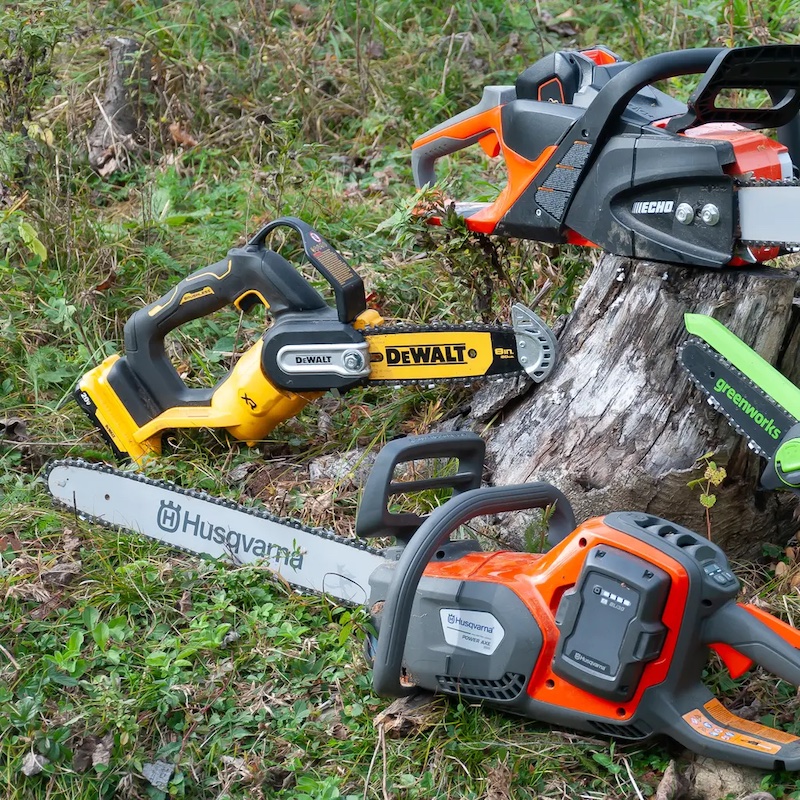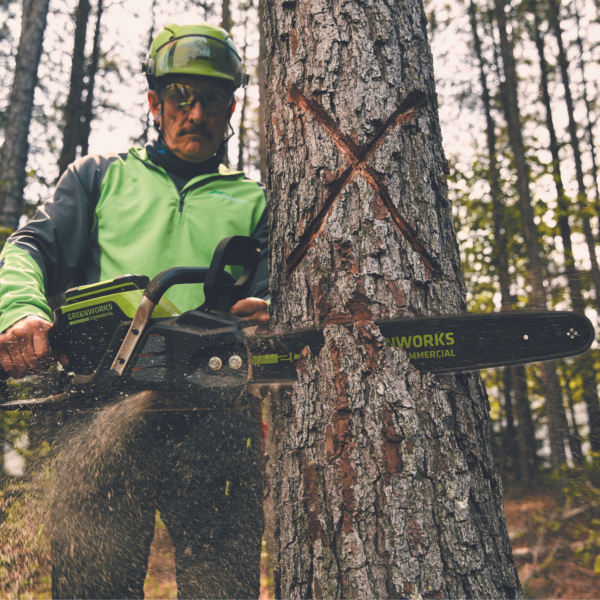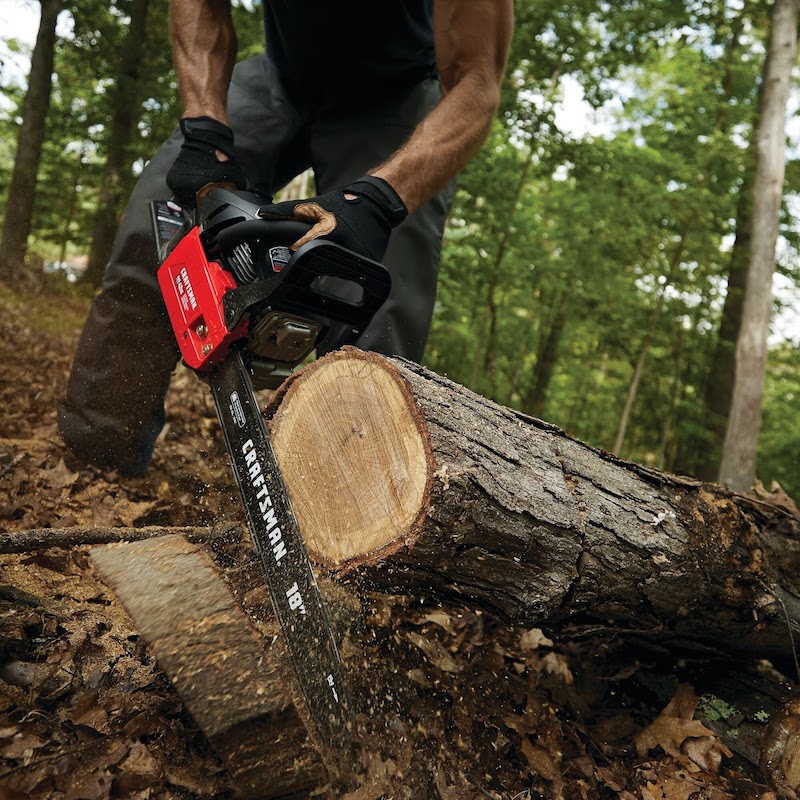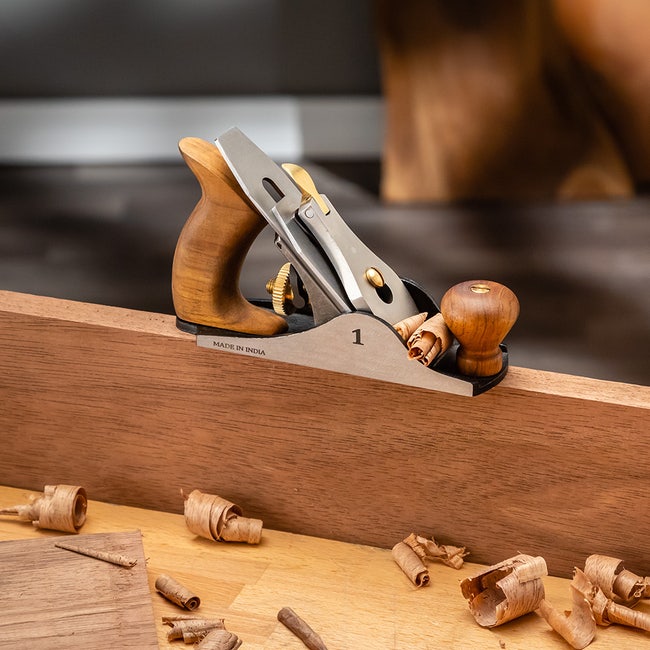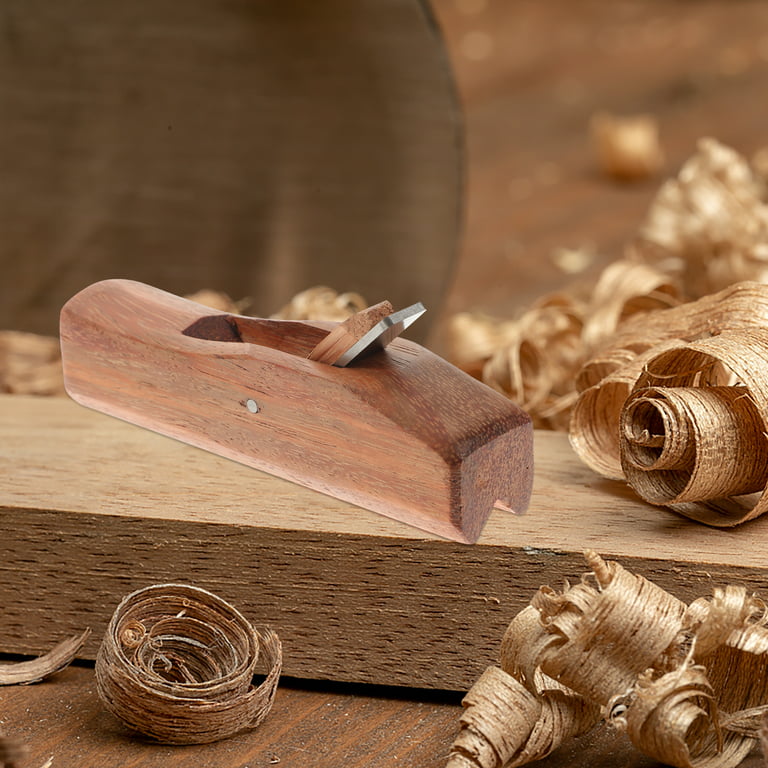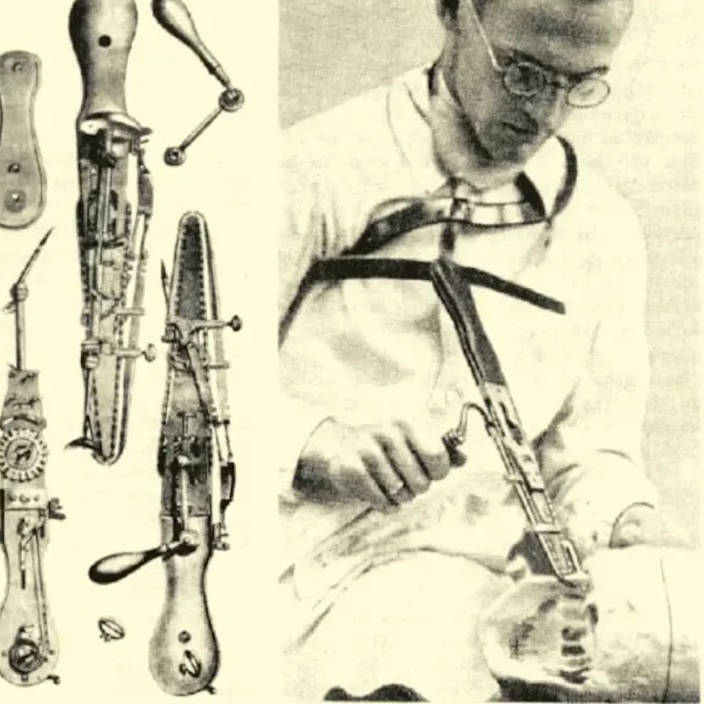
The Surprising Origin of Chainsaws in Childbirth
The Birth of the Chainsaw: From Childbirth Tool to Wood Cutting
The Need for a Solution in Difficult Childbirths-Were chainsaws invented for childbirth?
Were chainsaws invented for childbirth? In the past, childbirth was not just a challenge but often a life-threatening ordeal. Women’s lives were at stake, especially when the baby could not pass through the birth canal. Babies have always had relatively large skulls, which posed a significant problem in comparison to the width of a typical woman’s pelvic opening. When babies got stuck, the situation called for desperate measures. The need for an effective, life-saving solution in managing difficult childbirth scenarios was dire.
The Invention of the Chainsaw in the 18th Century
Addressing this need, the chainsaw’s invention emerged as an unlikely hero in the 18th century. Before this invention, mid-labor symphysiotomies, the removal of pelvic bone, were performed using a small knife, without anesthesia. Needless to say, it was excruciating and risky. Then, in 1780, two Scottish doctors, John Aitken and James Jeffrey, created the first chainsaw. Although it may conjure gruesome images, this primitive version of our modern chainsaw was small, about the size of a kitchen tool, and hand-cranked. Despite its intimidating reputation, the chainsaw provided a quicker, less painful process of widening the birth canal and, in effect, saved many mothers and babies from the perils of childbirth. It was a pioneering tool in the history of medical procedures, paving the way for the advancements that followed in the realm of surgical child delivery.
Understanding Symphysiotomies and Childbirth Challenges
Were chainsaws invented for childbirth? Childbirth has always come with significant challenges. One of these was the symphysiotomy, a daunting procedure.
The Symphysiotomy Procedure and Its Risks
In dire childbirth situations, a symphysiotomy was once a common practice. This surgical procedure involved cutting the fibrous cartilage of the pubic symphysis. It was to widen the pelvis, allowing the baby to be born. Doctors performed this without anesthesia, causing intense pain and risks of infection. The mother often endured long-term health issues post-surgery. There were also risks to the child during the process. Despite these dangers, symphysiotomies were crucial in emergencies. They addressed the fit of large infant skulls through the birth canal. The invention of chainsaws simplified this procedure. Yet, the process remained a high-risk option. Over time, medical advancements provided safer alternatives. Today, symphysiotomies are barely used, thanks to modern surgical techniques like the C-Section.
The Transition From Childbirth to Surgery
Chainsaws were not confined to childbirth for long. The innovation that began in the 18th century quickly spread to other areas of medicine. Doctors saw the potential for the chainsaw’s precise cutting ability to be beneficial in various surgical procedures. The clear success of chainsaws in childbirth laid the groundwork for their use in surgery.
Early Adaptations of Chainsaws in Medical Operations
The early chainsaw, despite its rudimentary design, revolutionized the way doctors approached surgery. Surgeons adapted the chainsaw for different medical operations, such as amputations. This era witnessed the transformation of chainsaws from a childbirth necessity to a surgical instrument. Its ability to make clean cuts became valuable for procedures that required the removal of bone. As medicine progressed, so did the role of the chainsaw in providing life-saving interventions. Even though it may be difficult to imagine a chainsaw used in a modern operating room, its early adaptations in medical operations were undeniable steps forward in the history of surgical practice. As surgical tools evolved, chainsaws also morphed, growing more specific to their eventual primary use: woodworking.
Chainsaws’ Evolution Into Modern Woodworking
After their debut in medical settings, chainsaws began a remarkable transition. This journey would take them from the operating room to the forest and workshop. Their evolution was both literal and conceptual, moving from specialized medical instrument to essential tool in woodworking.
How Chainsaws Grew Larger and More Powerful Over Time
Chainsaws developed significantly since their first medical use. Initially sized akin to small knives, these tools gained new forms and functions. As advancements in technology arose, so did the need for more efficient cutting tools. By the 19th century, chainsaws expanded in size. They adopted engines to replace hand cranks. Power sources evolved from manual labor to steam, and eventually, internal combustion engines.
This evolution was driven by the demand for faster and more reliable wood cutting. Woodworkers and lumberjacks embraced the chainsaw’s potential. They pushed for designs that could handle larger trees and tougher wood. As a result, the chainsaw’s blades became longer and the motors more robust. Safety features emerged to protect operators from the dangers inherent to powerful cutting devices. The chainsaw, once quiet and intricately operated, became a formidable force in forestry and construction.
These changes reflected broader social and industrial shifts. As societies grew and construction boomed, the chainsaw proved invaluable. It slashed the time required to fell trees and prepare lumber. This power enabled expansion, economic growth, and technological progress.
It is fascinating to observe how a tool once intended for childbirth has become a symbol of industrial strength. Today’s chainsaws are sophisticated machines. They bear little resemblance to their modest predecessors, yet they share a lineage of innovation that stretches back to their unexpected origins in medicine.
The Discontinuation of Chainsaws in Medical Practice
Were chainsaws invented for childbirth? The use of chainsaws in medical procedures has ceased. Their time in childbirth is now history. Today, we have advanced medical technologies and procedures far superior to the crude methods of the past.
Modern Alternatives to Symphysiotomies
Symphysiotomies are now almost entirely obsolete. Instead, medical professionals use safer, more controlled surgical techniques. These methods reduce the risks once inherent in childbirth.
The Development of the C-Section and its Role Today
The C-Section, or Cesarean delivery, has largely replaced symphysiotomies. It is a safe surgery, well-planned, and carefully performed. It allows for the delivery of babies when vaginal birth presents risks. C-Sections now play a vital role in facilitating safer childbirth worldwide.
The Historical Impact of Chainsaws on Childbirth
Were chainsaws invented for childbirth?
The chainsaw, now a common forestry tool, played a crucial role in medical history. It contributed significantly to the reduction of birth-related mortality rates. This invention reduced the dangers mothers and infants faced during childbirth.
Reduction in Birth-Related Mortality Rates
In the 18th century, childbirth posed fatal risks. The introduction of the chainsaw changed this. It enabled quicker, more precise pelvic bone removal. This reduced the time mothers and infants were in distress during delivery. The result was fewer deaths and complications. The chainsaw’s success in childbirth procedures was a historic milestone. It was a tool that saved countless lives during a period of medical uncertainty.
Chainsaws as a Step Toward Safer Childbirth Methods
The chainsaw set the stage for advancement in childbirth safety. Its precise and efficient method was a leap forward. It paved the way for modern techniques, like the C-Section. The C-Section is now a commonplace and controlled surgery. It offers an alternative to risky, traditional delivery methods. Thanks to the chainsaw, safer childbirth practices evolved. This evolution continues to protect mothers and newborns today.
Reflecting on the Progress of Childbirth Practices
Were chainsaws invented for childbirth? Childbirth, once a perilous journey, has been transformed by modern medicine. Efforts to make delivery safer have never ceased, evolving from rudimentary techniques to today’s best practices. As we reflect on the journey from chainsaw-assisted childbirth to the advanced procedures available today, it’s remarkable to see how far we have come. The focus has shifted to minimizing risk and maximizing comfort and safety for both the mother and the child.
Safer Protocols and the Role of Birth Assistants
Today’s childbirth protocols stress safety above all. Gone are the days of high-risk procedures with questionable outcomes. In their place, we have meticulously developed safety measures, hygiene standards, and pain management strategies. Birth assistants, including doulas and midwives, play a vital role in this safe and supportive birth environment. They provide continual care and assist during labor, which helps reduce anxiety and improve the overall birthing experience.
Gratitude for 21st-Century Childbirth Innovations
We often take for granted the medical advancements that allow for safe deliveries. Looking back, we should feel thankful for the progress that has been made. From the gruesomeness of chainsaws in the delivery room to the precise and sterile environment of today’s operating theaters, the transformation is astounding. Every successful delivery is a testament to centuries of medical innovation and a reminder to be grateful for 21st-century childbirth practices.
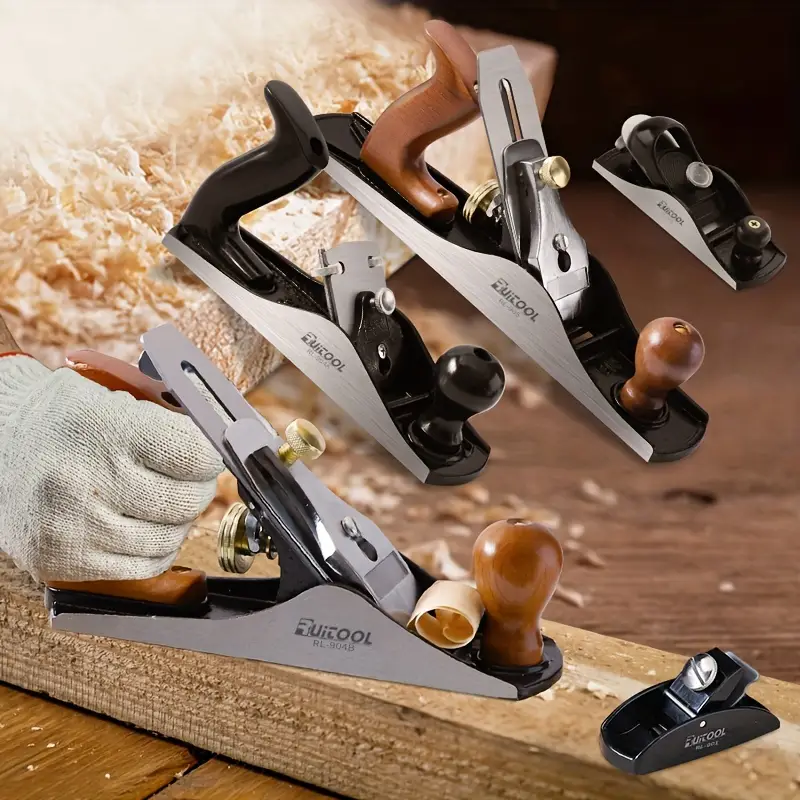
The Timeless Craft of Hand Plane: A Comprehensive Guide
Introduction
A hand plane is a woodworking tool that can shave and smooth wood surfaces. It consists of a flat, sharp blade (iron) that is set at an angle and protrudes through the bottom of a flat base (sole). The base has a handle at the rear and a knob at the front for the user to hold and control the plane. The blade is held in place by a lever cap or chip breaker that applies pressure to keep the blade in position.
Hand planing is a woodworking technique that has been used for centuries to smooth and shape wood. While power tools have become more prevalent in modern woodworking, the art of hand planing still holds an important place in the craft. In this comprehensive guide, We will explore the history, types, and techniques of hand planing. As well as its benefits and practical applications in woodworking.
Part 1: The History of Hand Planing
Hand planes have been used for centuries and are still widely used by woodworkers today, despite the availability of power tools. Many woodworkers prefer hand planes for their precision, control, and the tactile feedback they provide. Hand planes are also valued for their ability to produce a superior surface finish, often surpassing that of power tools.
Level 1: Origins and Development
Hand planing dates back to ancient civilizations, where rudimentary tools were used to shape wood. Over the centuries, the design and functionality of hand planes evolved, leading to the sophisticated tools used by woodworkers today.
Level 2: Industrial Revolution and Beyond
The Industrial Revolution brought about advancements in hand plane design and production, making them more accessible to a wider audience. Today, hand planes are revered for their precision and craftsmanship, with many woodworkers preferring them over power tools for certain tasks.
Part 2: Types of Hand Planes
Hand planes come in various shapes and sizes, each designed for a specific purpose. Some common types of hand planes include block planes, smoothing planes, jack planes, and jointer planes. Each type of plane is used for a different task, such as smoothing flat surfaces, straightening edges, or creating jointed surfaces.
Level 1: Bench Planes
Bench planes are the most common type of hand plane and are used for general woodworking tasks, such as flattening and smoothing boards. They come in different sizes, each serving a specific purpose in the woodworking process.
Level 2: Specialty Planes
Specialty hand planes, such as block planes, shoulder planes, and router planes, are designed for specific tasks that require precision and attention to detail. These planes are essential for creating intricate joinery and fine woodworking projects.
Part 3: Techniques of Hand Planing
Using a hand plane requires proper technique and skill. The user must hold the plane firmly, apply even pressure, and adjust the blade to the desired depth for shaving wood. The plane should be pushed forward with steady, even strokes, allowing the blade to remove thin layers of wood as it glides along the surface. The goal is to achieve a smooth, flat finish with minimal tear-out or splintering.
While hand planes are traditional hand tools, they are still widely used by modern woodworkers. Many traditional hand plane designs are still in production, and there is a thriving community of people who collect, restore, and use vintage hand planes. In recent years, there has also been a resurgence of interest in hand tool woodworking. With many people turning to hand planes as a way to reconnect with traditional techniques.
Level 1: Setting Up a Hand Plane
Properly setting up a hand plane is crucial for achieving precise and consistent results. This includes sharpening the blade, adjusting the frog and blade depth, and ensuring the sole of the plane is flat and smooth.
Level 2: Planing Techniques
Different planing techniques, such as the use of a shooting board, skewing the plane, and adjusting the angle of the blade, can greatly impact the outcome of a woodworking project. Mastering these techniques is essential for achieving professional-level results.
Part 4: Benefits of Hand Planing
Level 1: Craftsmanship and Precision
Hand planing allows woodworkers to connect with their materials and create finely-crafted pieces with a level of precision that is difficult to achieve with power tools. The tactile feedback and control offered by hand planing contribute to a deeper sense of craftsmanship.
Level 2: Sustainability and Environmental Impact
Using hand planes instead of power tools reduces the reliance on electricity and minimizes the production of wood dust and air pollution. This makes hand planing a more sustainable and environmentally-friendly option for woodworking.
Part 5: Practical Applications of Hand Planing
Using a hand plane requires skill and precision. The angle and depth of the blade, as well as the pressure applied by the user, all contribute to the quality of the finished surface. Many woodworkers take pride in their ability to achieve a glass-smooth finish with a hand plane. They are an essential tool for creating precise joinery, such as fitting mortise and tenon joints, in combination with other hand tools to achieve the desired result.
Level 1: Fine Woodworking Projects
Hand planing is well-suited for fine woodworking projects that require intricate joinery, such as dovetails, mortise and tenons, and complex mouldings. The precision and control offered by hand planes make them an indispensable tool for achieving excellent results.
Level 2: Restoration and Repairs
Hand planes are also used in the restoration and repair of antique furniture and other wooden objects. Their ability to delicately shave off small amounts of wood makes them ideal for fixing imperfections and bringing old pieces back to life.

Part 6: Types of Hand Planes
Level 1: Traditional Hand Planes
- Smoothing Plane: A fine-toothed plane used for finishing and smoothing the surface of wood.
- Jack Plane: A versatile plane that can be used for rough shaping and smoothing.
Level 2: Specialty Hand Planes
- Block Plane: A small, versatile plane used for trimming end grain, chamfering edges, and smoothing small surfaces.
- Shoulder Plane: Designed for cleaning up the shoulders of a joint, such as a tenon or rabbet.
Part 7: Hand Plane Maintenance
Level 1: Cleaning and Lubricating
- Regularly cleaning the plane’s sole and body with a cloth and lubricating moving parts with a light oil will keep it in good working condition.
- Removing rust with steel wool and applying a rust-preventing coating can help prolong the lifespan of the hand plane.
Level 2: Sharpening the Blade
- Keeping the blade sharp is crucial for achieving smooth and clean cuts. Using sharpening stones or a honing guide can maintain the blade’s edge.
- Checking the blade for any nicks or damage and repairing or replacing it when necessary is essential for optimal performance.
Part 8: Hand Plane Techniques
A hand plane is a tool for shaping and smoothing wood. It consists of a sharp blade, called the iron. By pushing it along the surface of the wood, which causes the blade to shave off thin layers. Creating a smooth and flat finish.
For centuries, hand planes come in a variety of sizes and shapes for woodworking and specific tasks. Smaller planes, such as block planes, are ideal for fine work and small, delicate pieces. There are also specialty planes, such as jointer planes and rabbet planes for specific tasks. Like creating flat surfaces and cutting grooves.
Level 1: Basic Planing
- First, clamp the wood firmly, paying attention to the grain direction. Then, use the hand plane in a smooth, fluid motion to remove thin shavings of wood.
- Adjusting the depth of the cut and the angle of the blade will allow for more or less aggressive cutting as needed.
Level 2: Advanced Techniques
- Planing difficult grain, such as curly or figured wood, may require specialized techniques and a keen eye for the grain direction to avoid tear-out.
- Using hand planes for jointing and smoothing large. Flat panels is focusing on consistent pressure and technique to achieve a flat surface.
Conclusion
In addition to their woodworking applications, in musical instrument making, boat building, and other crafts that require precise shaping and smoothing of wood. They are also popular among hobbyists and DIY enthusiasts who enjoy working with wood and appreciate the satisfaction of creating handcrafted items.
Overall, hand planes are versatile and essential tools for anyone working with wood. Their timeless design and functionality make them a valuable addition to any woodworking toolbox. Hand planing is an art form, offering woodworkers a sense of tradition, precision, and craftsmanship. By understanding the history, types, techniques, benefits, and practical applications of hand planing. Woodworkers can fully appreciate the value of this timeless woodworking technique. Whether working on fine woodworking projects or restoring antique pieces. Hand planing continues to be a valuable skill that shapes the craft of woodworking.
